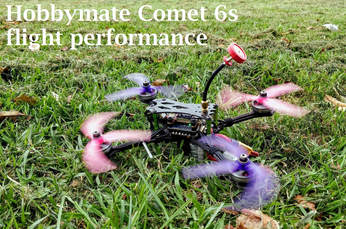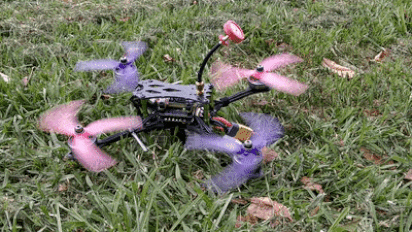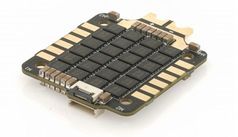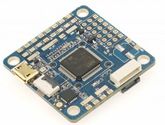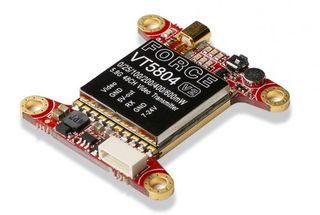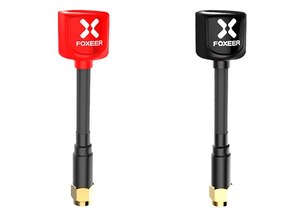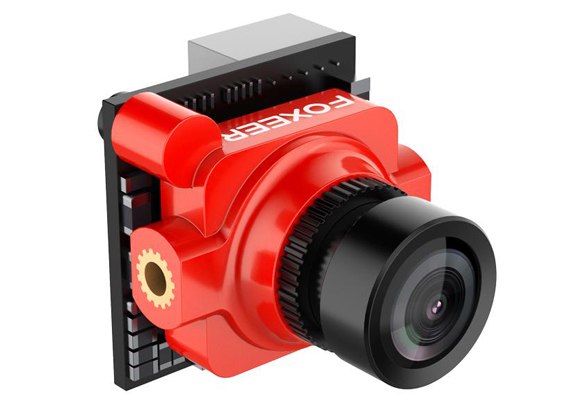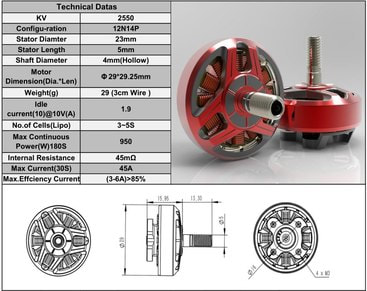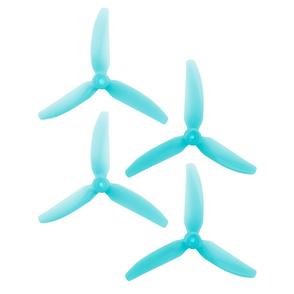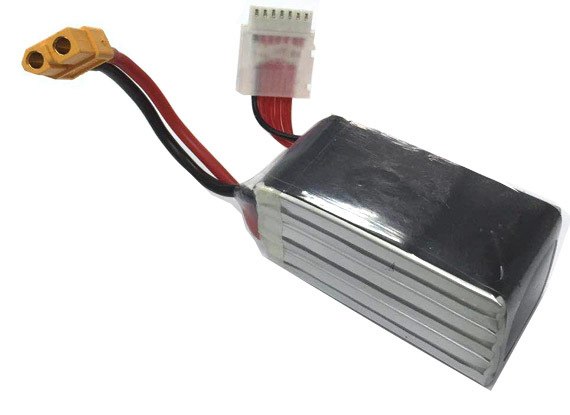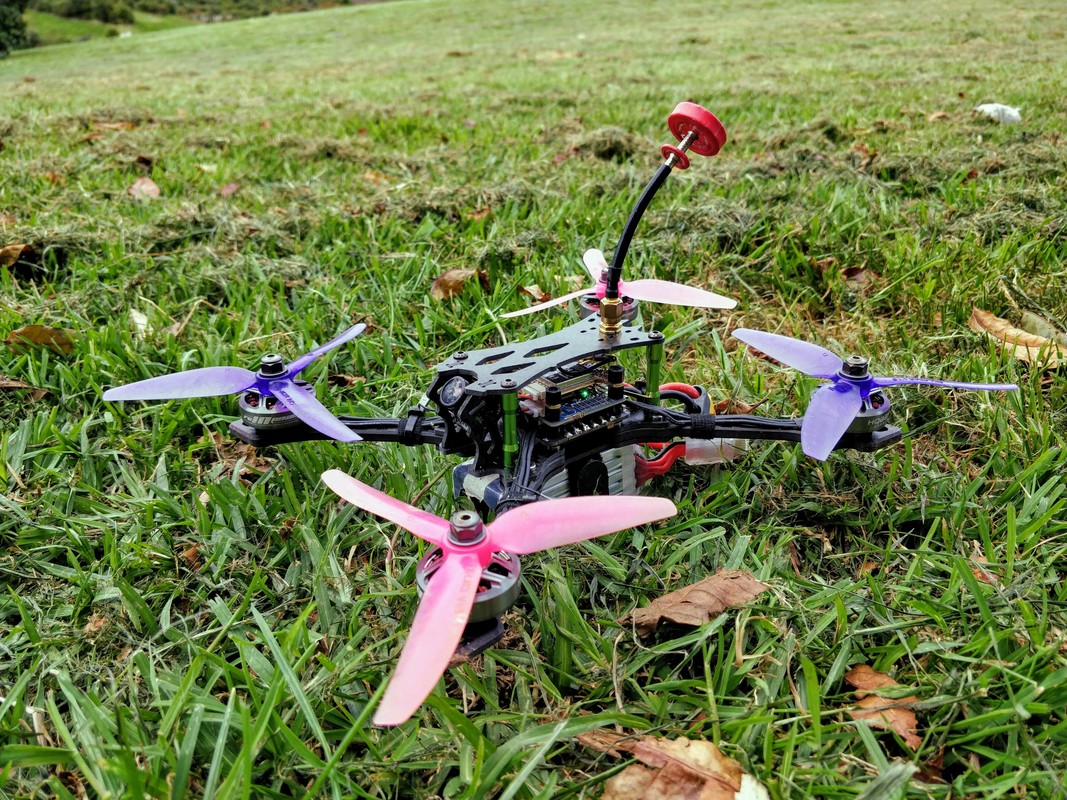|
To briefly cover some old ground, the Hobbymate comet 5" racing drone is a 4s/6s lightweight 5 inch quadcopter with premium components sold exclusively at HobbyCool.com It is available from $180 as a kit up to $210 pre-assembled and tuned with a frsky receiver. After seeing the high quality components used in the build and finding how easy it was to tune in the betaflight setup I have been really looking forward to flying this and I have not been disappointed. This is the final part of my 3 part blog where I review the flight performance of the Hobbymate Comet 5" racing quadcopter. To recap part 1 is a build walkthrough and part 2 is a full betaflight setup FPV feed Starting with the power supply, the Airbot Typhoon V2.1 ESC is loaded with surface mounted capacitors and measured a total capacitance of - the highest I've ever come across on an ESC. Additionally the Omnibus F4 v6 flight controller has a special 8v circuit to run the FPV camera and VTX - unique from the 5v circuit that runs the flight controller and receiver. Combined with a LC filter this theoretically makes the cleanest power feed possible - a great start point for a strong FPV link. The next key component in the FPV system was a complete unknown to me - the Iflight Force VTX that looks like it is made by PandaRC. It is well specced with a microphone, 0, 25, 100, 200, 400, 600mW, tramp OSD control, MMCX connector but none of this matters if it performs it's core task poorly. The good news it that it performs it's core task very well. This is the cleanest FPV link I've ever had. In fairness though you could pop practically any VTX in between that clean power supply and the excellend Foxeer Lollipop antenna and I think it would perform well. Speaking of the foxeer lollipop antenna it is compact, seemingly robust and performed well with the other components. The image always looked clean and clear in my Aomway Commander Goggles, even on high throttle with 6s drawing 105A (equivaent power to over 155A on 4s). I have included DVR below but for some reason all Commander goggles (V1 and V2) have DVR issues when diversity switches between channels - none of this showed in my gogges during flight.
As for a fundamentally racing quad I'd have no trouble recommending this FPV system - camera and signal transmission. I think even without diversity the signal strength would be just fine with 25mW on a racetrack but adding diversity and bumping up transmission power will give better performance if running behind obstacles or flying further away from yourself. The Tune and the motors Although I covered off the tune in the previous blog, I didn't say how I arrived where I did. Previously when I have run a stock betaflight 3.5 tune on a 6s quadcopter (this one) it had terrible oscillations and I had to lower p-gain and d-gain significantly. It was therefore a pleasant suprise to see that the stock tune on betaflight 3.5.1 was perfectly fine on the Hobbymate comet. Never being satisfied I turned on i-term relax, boosted i-gain 50% on pitch and roll, 100% on yaw as per the betaflight 3.5 tuning guide. Still no sign of oscillation so I then narrowed the dynamic filter range. Still no oscillations and motors and barely warm. I've left it there though and now have the most locked in quad I've felt - better than the pro-tuned Emax Hawk 5 which was my previous best tuned quad. This ease of tuning is largely due to the smoothness of the motors and from what I can see seems to be the way to go. All out power is great but if it means you need to run a 'looser' tune you will struggle more in the tune with more lag in the system as the result of more filtering for gyro noise etc. To a lesser extent the stiff frame will also have helped as will a reliable gyro (MPU6000) on the FC. A full set of screenshots for the specific tune and a CLI diff file can be found in the tuning blog here. To me this quad + tune feels like it can turn on a dime with the least prop-wash I've ever had. Power, Performance and Prop Choice Straight up these motors are not as powerful as the Hobbymate 2207 motors (rebadged returner R3). They are however much easier to tune as I mentioned above. kV is relatively high for a 6s motor: 1800kV is the equivalent of 2700kV on 4s is is higher than the 1700/2500kV I typically run on 6s/4s respectively. This means props have to be chosen carefully. I started with the HQ 5x4.8x3 V1s but found peak current draw to be too high at 105A (power equivalent of nearly 160A on 4s!). HQ 5x4.3x3 V1s were a minor improvement at 90A so I'll probably stick with these until I get some of the new 5.1x3.1x3 V1s. It felt like the top end of the throttle was less about delivering additional thrust and more about drawing current which makes sense with a 2305 where the wider, lower stator favours torque at a lower RPM at the expense of efficiency at higher rpm. For this reason I placed a 15% scaled throttle limit on rate profile 2 in my betaflight setup section as I wrote about in the betaflight throttle scaling blog.
I'll close this section by saying that these motors are a good for the beginner - moderate/advanced level. They are powerful and easliy tunable but lack the top end punch of the race motors with taller stators. There are probably less than 10% of pilots that could genuinely take advantage of a bigger motor and these aren't likely the type of pilot that will be buying a ready to fly quad anyway. A quick note here in that the ESC has caused no fuss whatsoever. BLHELI32 current meter was easy to tune (+25%) and no dipping during full throttle punches or any other odd behaviour. In a current ambient temperature of 20°C the hottest the ESC has gotten is a measly 32°C according to telemmetry. 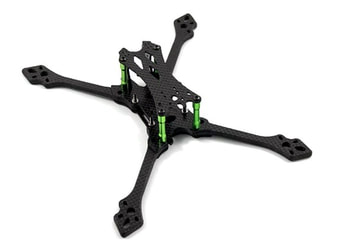 The Frame The HobbyCool comet 5" frame is fairly simple. Strong, chamfered 5mm separate arms in a stretch-x layout with a sandwich lower deck and single top deck. Weight is 85g which is typical for race frames now since they have increased in weight and durabiity again since the original floss, 2.0 floss and v1 mode 2 ghost which tended to break realtively frequently. Rather than go into detail I'll sum up what I like and didn't like about the frame. Like:
Dislike
Conclusions
When I started this build I noted the quality of the components but I've seen many quads before that have used good components and have been overly expensive or haven't taken advantage of them (or both). I'm pleased to say that the Comet is very sharly priced at $180 for the kit AND brings these elements together for a fast, well balanced and easy to tune racing quadcopter. There will be obvious comparisons to other well prepared 5" racing quads like the Emax Hawk 5 (review here) and HGLRC Batman but these are significantly more expensive: $230-250 and $280-300 respectively. Additionally they do not support 6s out of the box either. There are a few minor cosmetic issues I have with the frame as above but outside of that, I'd recommend this as the best value racing quad presently available for beginner tomoderate/advanced pilots. Note the kit (build it yourself) is $180 or you can buy preassembled without a receiver for $200, with an XM+ receiver for $210 or with an r-xsr receiver for $220.
0 Comments
Leave a Reply. |
Quick Access Menu
All
|
Thanks for visiting QuadifyRC.com Follow us on facebook below to get all the latest updates

